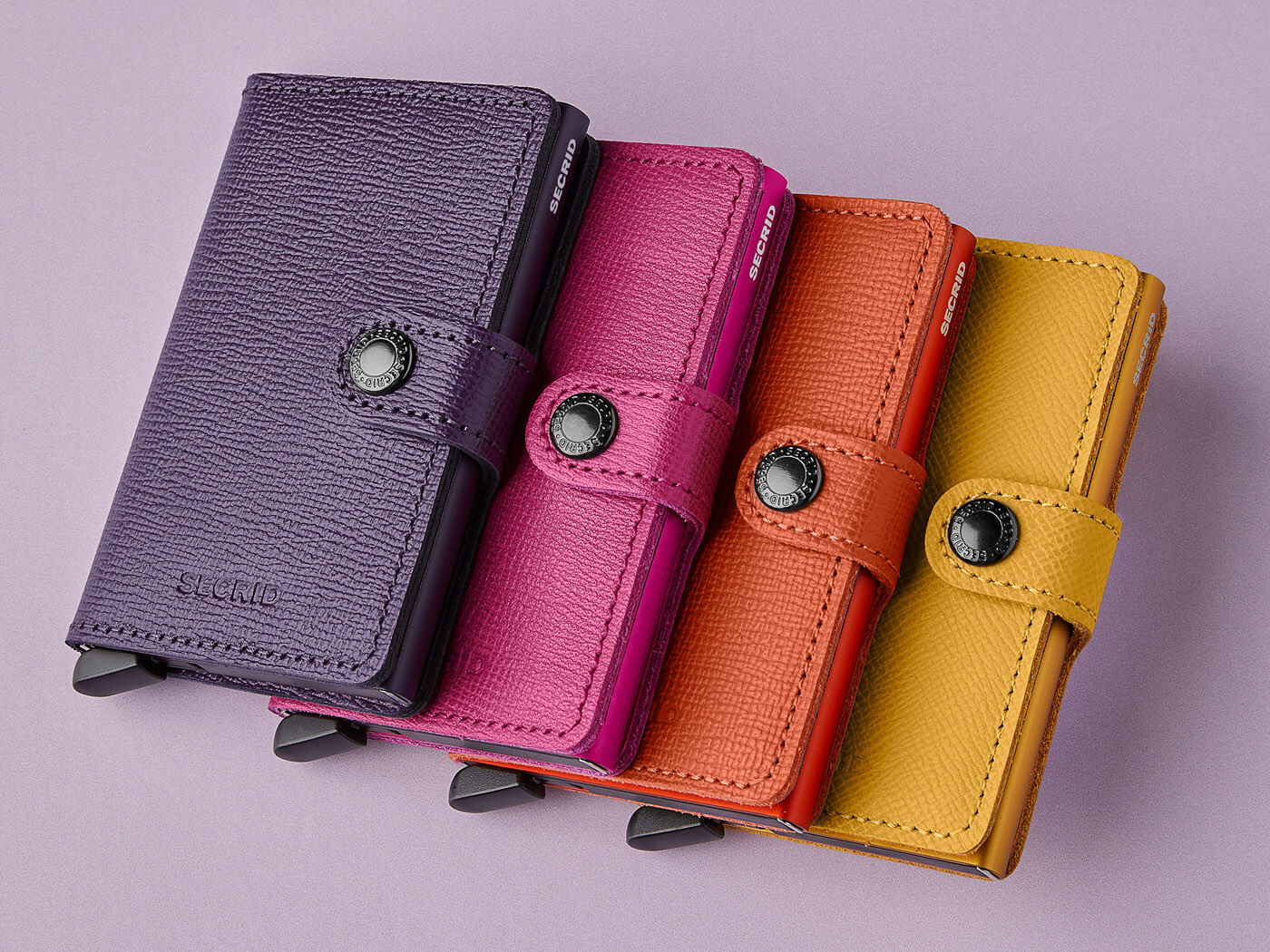Hugo Boss are making a bold entrance to 2022, with a complete rebrand to help better position themselves for the future. It's the biggest marketing campaign in their history!
The company have enjoyed a strong recovery from COVID-19, which was further accelerated in the final months of 2021. Hugo Boss said “revenues in the fourth quarter increased 51% compared to the prior-year level, thus exceeding Q4 2019 levels by 12%.”
Boss and Hugo
A key point that is right at the heart of their strategy is to differentiate Boss and Hugo, which has not always been clear to the end consumer. Boss is their flagship brand, whereas Hugo focuses on the Gen Z customers, with a slightly more affordable price point.
If you are an avid Hugo Boss fan you will know they have previously separated the different parts of their brand lines with colours: Black, Orange and Green. Although these colours are still in circulation, they have become more subtle. They have also introduced a camel colour, which you will now see through their marketing.
A new CEO
Daniel Grieder joined the company in June 2021, after more than 20 years at Tommy Hilfiger. He saw a great brand that has massive potential. Hugo Boss has maintained its brand awareness very well, but crucially lost its relevance in the industry, with the type of customer changing. He has come onboard to relight the fire and push Hugo Boss into the future. He is already making big changes and he’s not even a year in the role!
Digital and Retail Presence
Hugo Boss has heavily focused on their own stores and e-commerce channels in recent years. Now Daniel Grieder says the company will rebalance its omnichannel presence, to feature their brand more strongly in department stores and boutiques. He says: “It doesn't matter where the end consumer is buying the brand. It doesn’t matter if it is in our own store, our online shop or in our partner shops as long as they buy it,”
This is great to hear, as we are increasingly seeing many brands neglect their retailer partners and only focus on their own development. We have even found some brands have simply stopped supplying retailers altogether.
Becoming Fashion Industry Brand Leader
Hugo Boss unveiled a new growth strategy called, Claim 5 in August 2021, which aims to double its sales to €4 billion by 2025. They will invest heavily in product, brand and digital to entice a younger consumer.
“It is our vision to become the leading premium tech-driven fashion platform worldwide and in this context, we will revolutionise the way in which we interact with consumers,” said Daniel Grieder, its new CEO. “Our ambition is to double our business and become one of the top-100 global brands.”
Claim 5 features five key pillars: Boost Brands, Product is King, Lead in Digital, Rebalance Omnichannel, and Organize for Growth. It also includes “a bold commitment to sustainability, together with a strong road map and a clear plan on empowering people and teams”.
Boost Brands includes refreshing Boss and Hugo labels from the logo to marketing, to brand new retail and digital designs. Customers “will experience both brands in a completely new look and feel”.
The company have a strong focus on digital and have used celebrities to lead the campaign. With a budget of over €100 million between now and 2025, there is not much out of their reach.
Product is King will see the brand “create products to be worn 24/7 across all different wearing occasions. While casualisation and comfort are key, Hugo Boss will strongly invest in its price-value proposition to ensure premium quality as well as high levels of innovation and sustainability”. It aims to “foster its unique positioning in the premium/affordable luxury segment”.
Lead in Digital will develop innovative ways to further digitalise the company’s activities along the entire value chain, from trend detection and digital product development to AI-enabled pricing capabilities and the global rollout of digital showrooms.
Rebalance Omnichannel will focus on strengthening all consumer touchpoints, with a key element on boosting its digital revenue to €1 billion by 2025. It also want to achieve a digital penetration between 25% and 30% of group sales.
Hugo Boss also said they want to “unleash the full potential of retail as it aims at growing brick-and-mortar retail revenues to around €2 billion by 2025”. They will do this by “an increase in store productivity of around 3% per year, as well as the further optimisation and refreshing of the company’s global store network”.
Organise for Growth “will drive growth across all geographies while further balancing its global footprint”. The Asia/Pacific’s market revenue share will grow to more than 20% over the next five years. Mainland China will continue to play a particular importance, with the company putting a strong focus on the Chinese consumer in the years to come.
Hugo Boss has constantly maintained a leading role in the designer fashion industry, excelling in many areas where other brands struggle, such as running a highly efficient supply chain and offering a varied collection. Therefore, going forward we can only see the company becoming stronger in all areas.
“Our ambition is to become one of the top-100 global brands”



